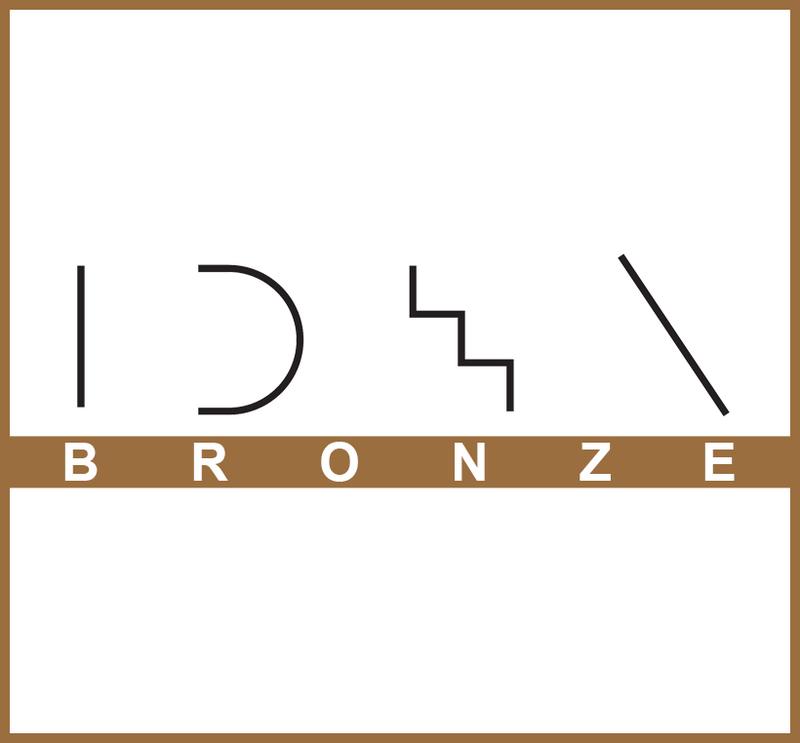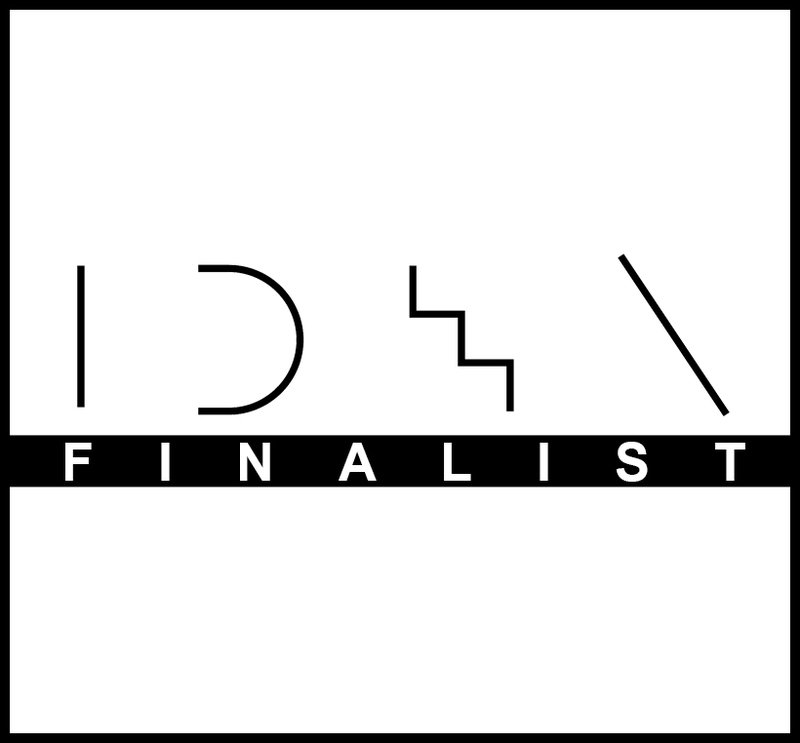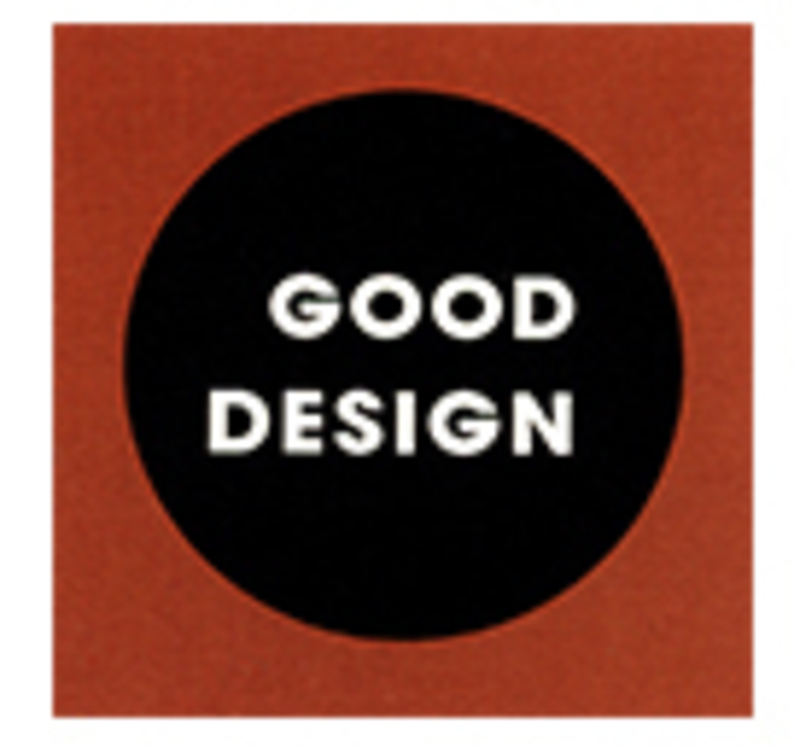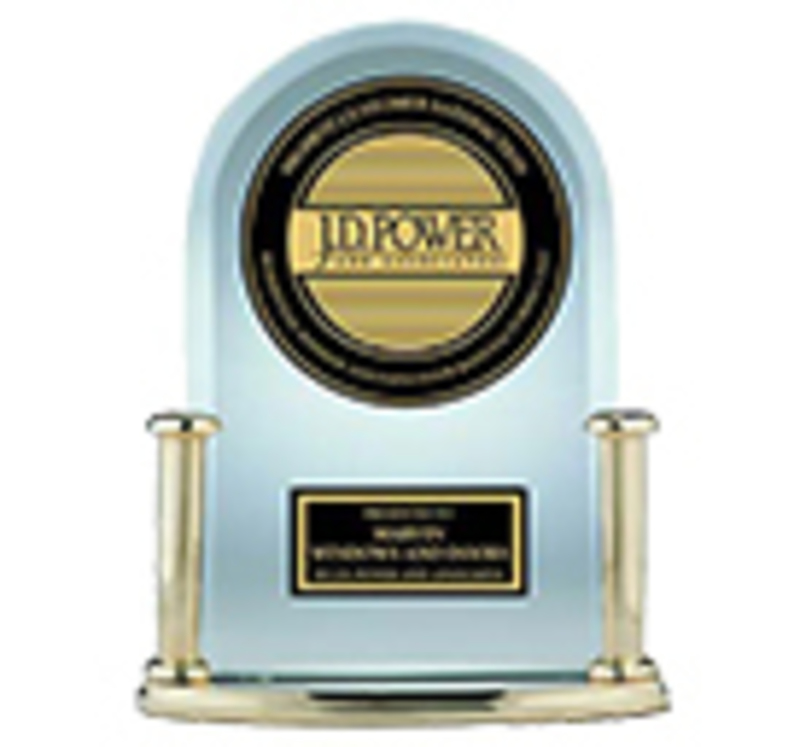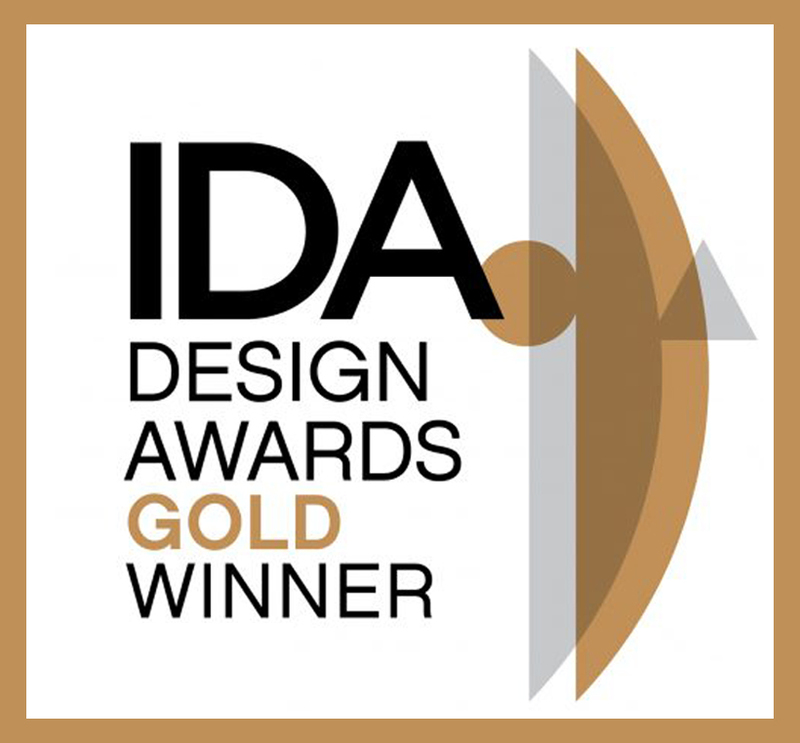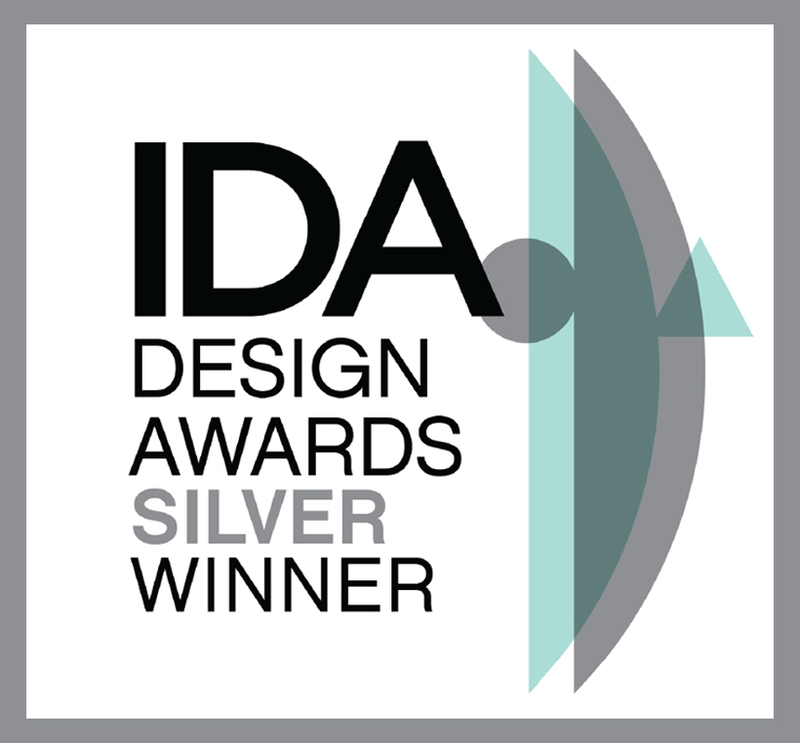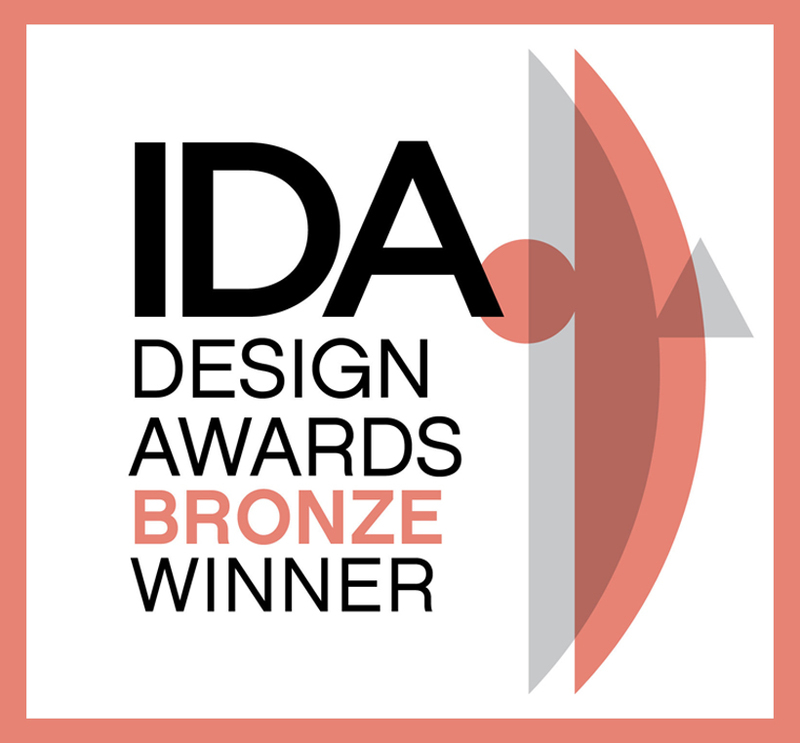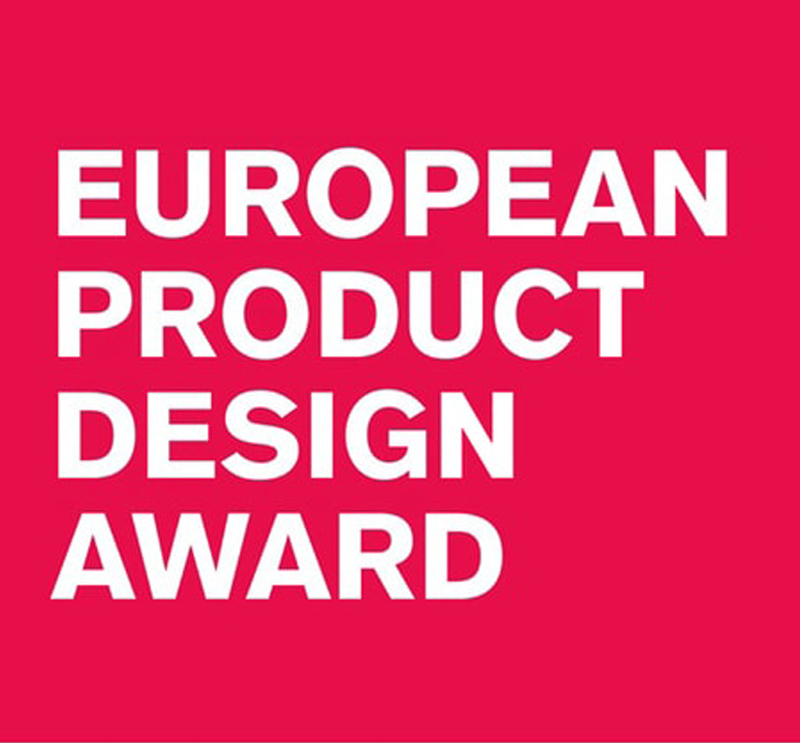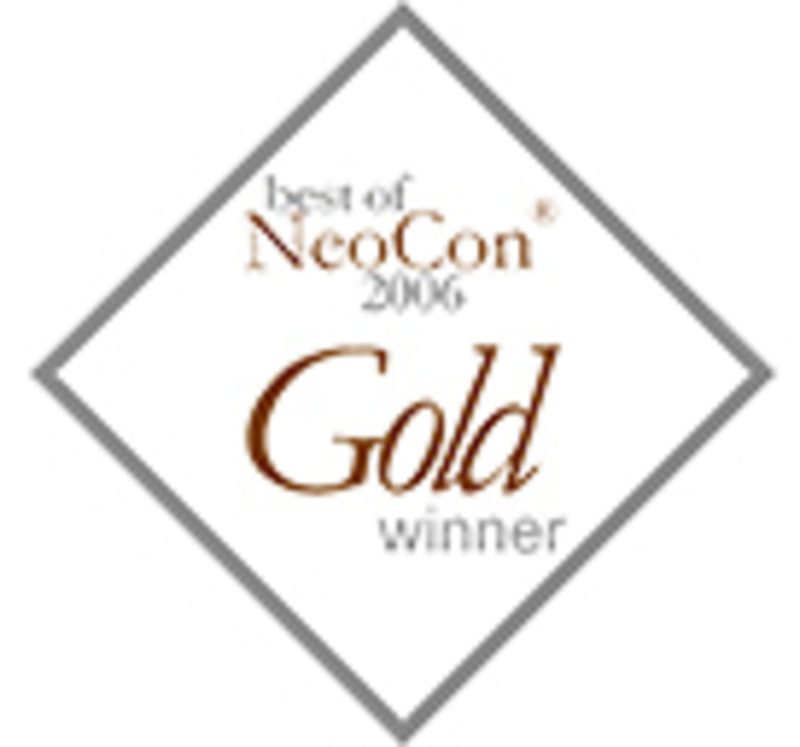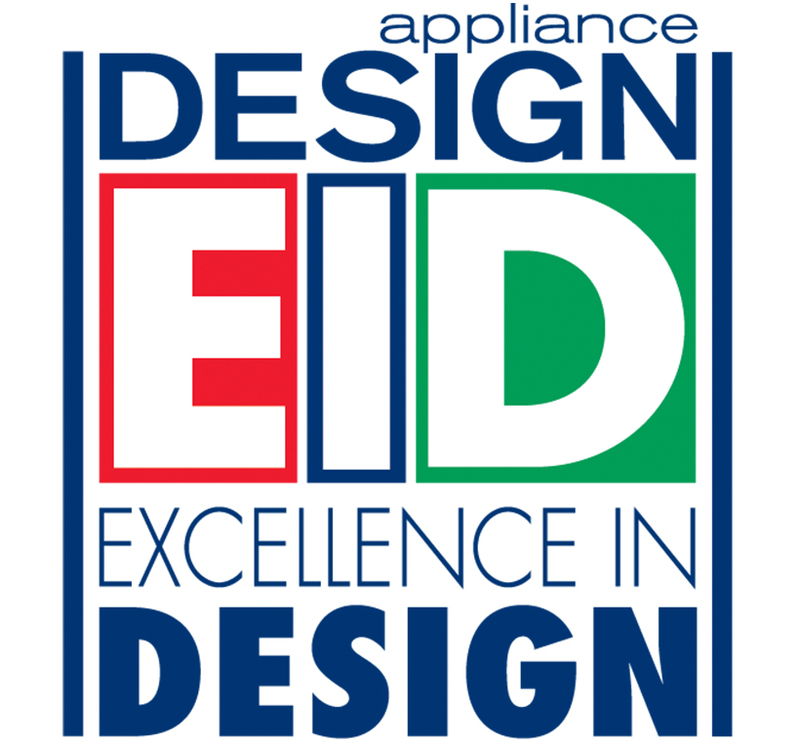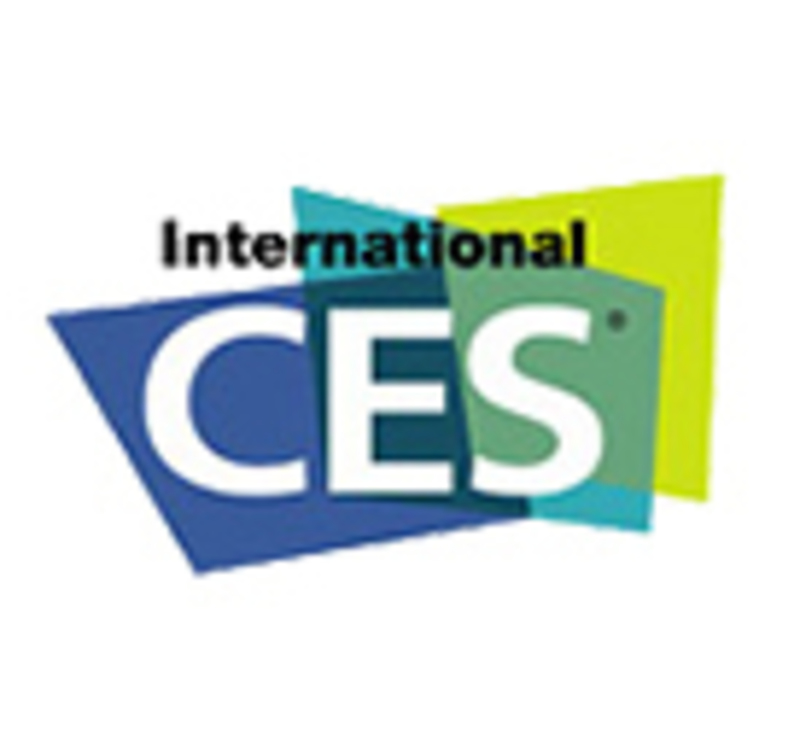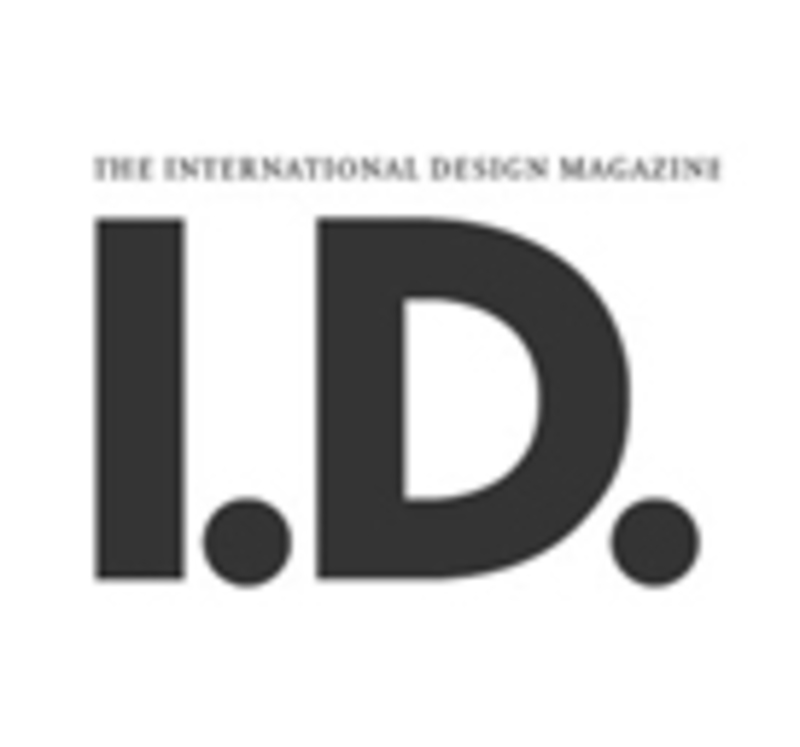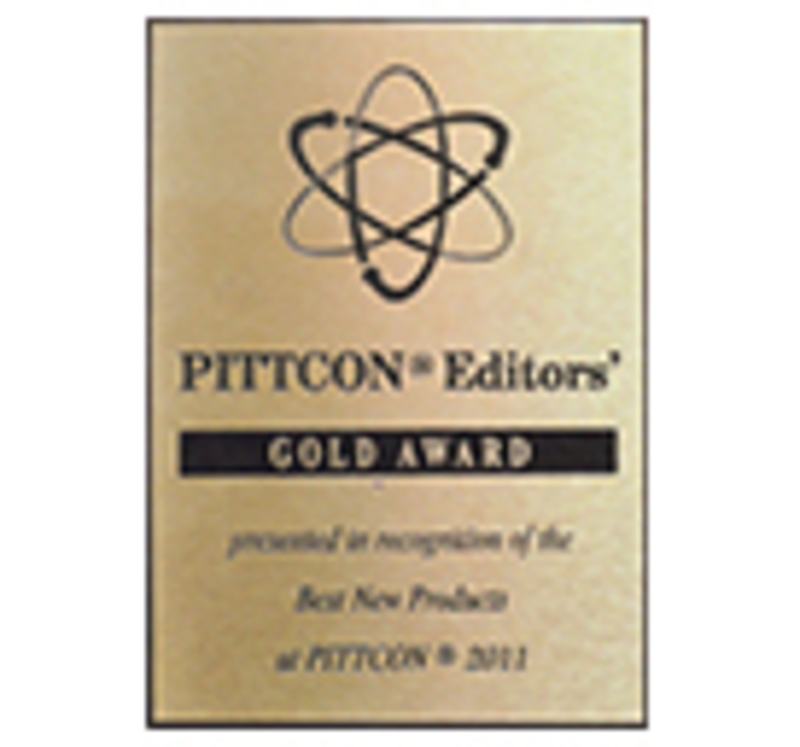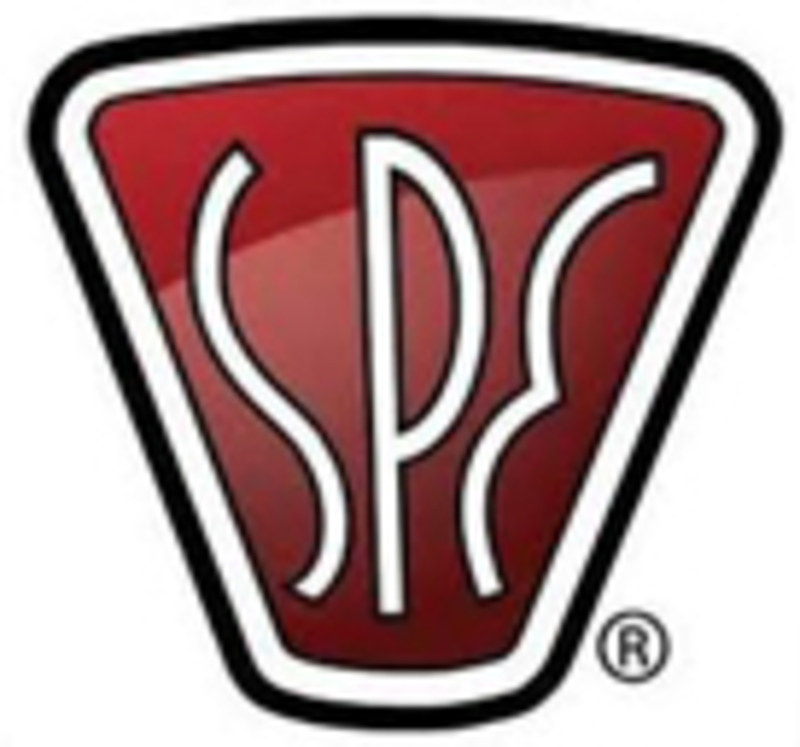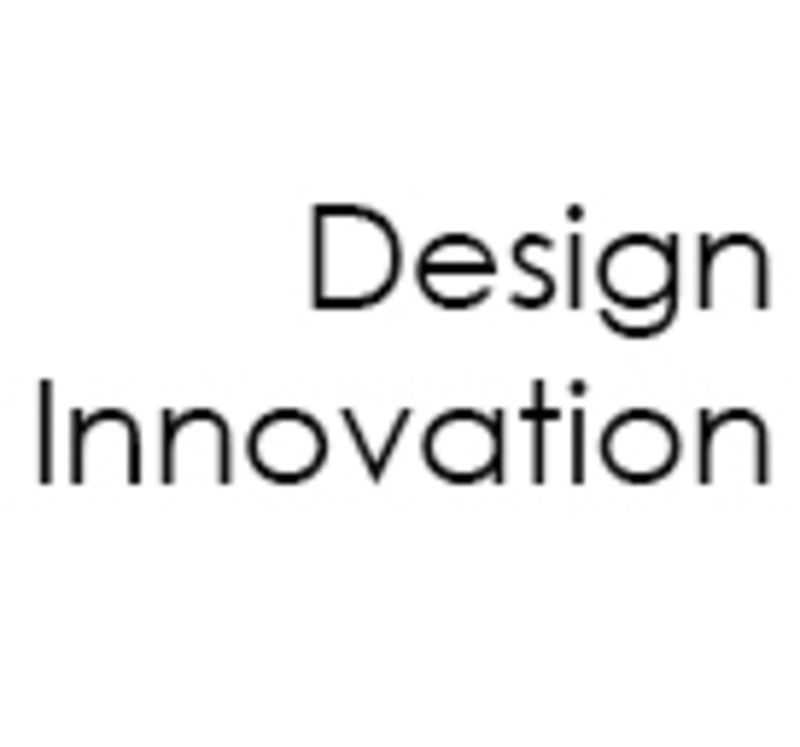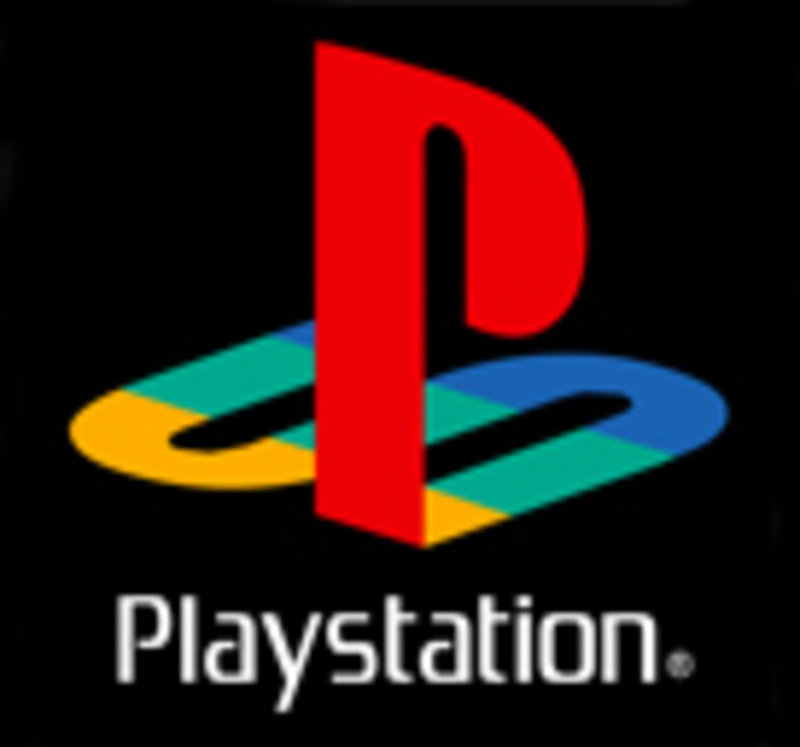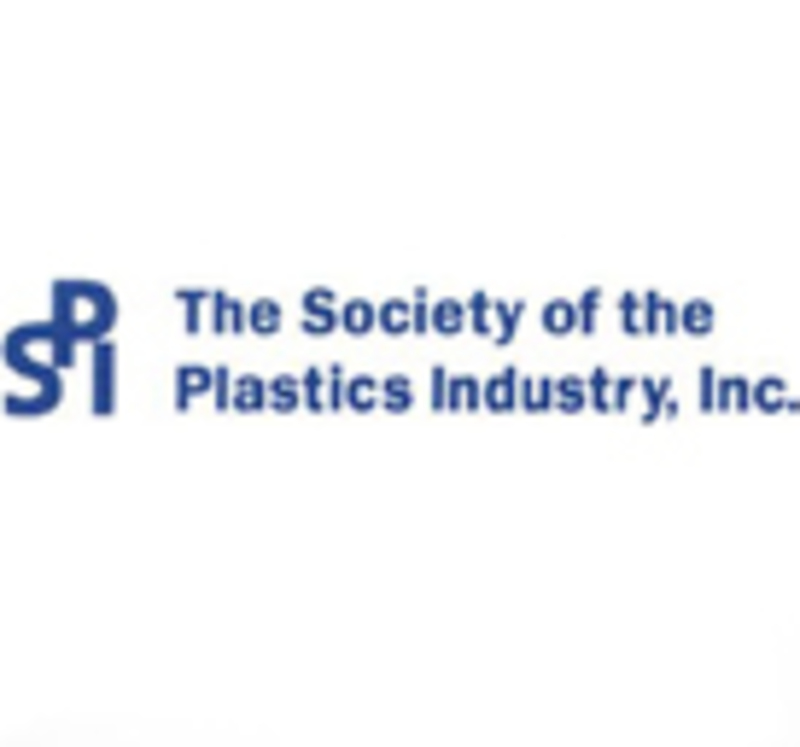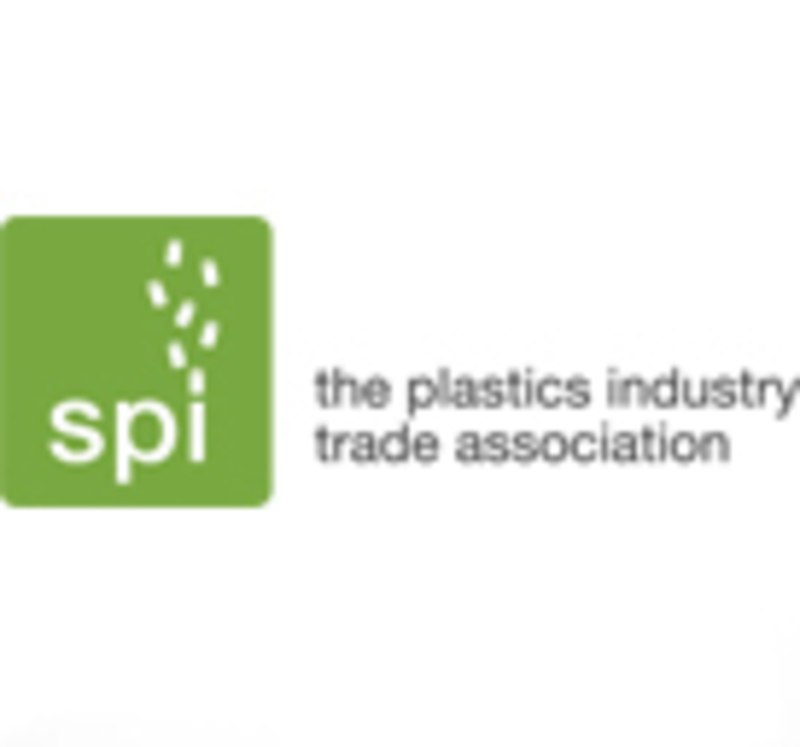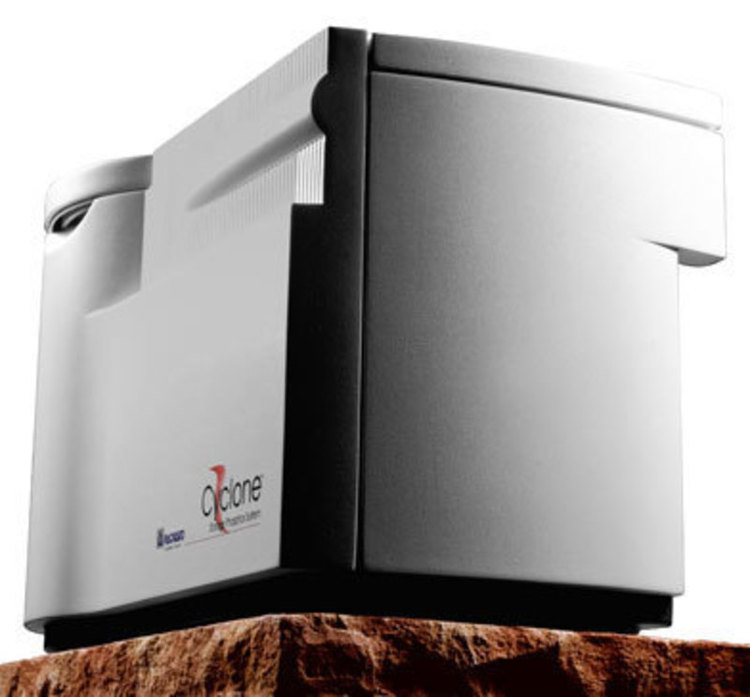
MDEA Silver , 2007
Gendex Dental Systems (KaVo)
Orthoralix® 8500 Panoramic X-Ray Unit
Gendex Dental Systems and Cesaroni Design product designers developed this diagnostic imaging product. The engineering was handled by our client, while we focused on optimizing a lightweight structure. We worked closely with our client's engineering team to understand assembly and service requirements.
Multiple medical product design concepts were generated, all of which satisfied the project objectives. We then implemented the chosen concept in 3D CAD. The resulting part files were shared with Gendex's development team for further review.
The adjustable telescopic column is one of the most significant elements of the design. This component makes the unit extremely compact. It also enables the system to accommodate patients of all sizes, including children and wheelchair-bound patients.
Ergonomic diagrams assisted the development team in analyzing the design for the handlebar and chin rest so that the patient is held in a stable and comfortable position. Molded polycarbonate and carbon fiber patient supports are mounted on powder-coated handlebars.
The new product design increases workflow, giving the operator the ability to access mouthpieces and other accessories strategically located behind the handlebar in a rotating storage drawer. Interface elements and electronic controls were developed for ease of use.
The new design of the pressure-formed housing reduces the weight of the product, making it one of the lightest units for the medical industry. Pressure-forming offered low tooling costs and faster speed to market than injection molding. The housing facilitates an effortless assembly in the manufacturing process and installation procedure.
The dental product design earned numerous awards, including a MDEA Silver award, Good Design award and a Multi-Part Enclosure award.

MDEA Finalist , 1998
Packard (PerkinElmer)
Cyclone™ Storage Phosphor System
Packard Instruments teamed with Cesaroni Design to introduce this new scientific product into the laboratory instrument market. This scientific device performs filmless autoradiography (X-ray) for molecular biology, pharmacology and neuro-science research applications. The design challenge was to develop the smallest and least expensive instrument.
Product research focused on the understanding of newly developed technology. Cesaroni Design's new product team began to research user experience, in order to take the product to the next level. With a product like this, user experience research methods are critical tools. The user base is a knowledgeable design source.
Our research started with interviews and observations, and ended with users providing feedback from their specific user experience with the existing product. This allowed the design team to feed user experience inputs directly into the new product ideation process.
The new laboratory device has a significantly reduced footprint. Spatial and technological considerations required a top loading process. The grip area for the top cover is easy for the user to grasp. Controlled hinges keep the unit securely open during loading.
We mounted status indicator lights on an elliptical protrusion that serves as a focal point for the display. Our design firm undercut the back of the machine to allow power cords to extend out sideways. This design element facilitates an overall closer fit to the wall.
We aesthetically distinguished the new design from the competition by combining architectural and organic forms. The design is asymmetrical communicating the spinning turret within a sculpted cylinder on one side and the more linear path of the laser on the other. The product designers implemented form factors, colors and textures that share a family look with the client's current product lines for brand recognition.
The project team achieved a solid look and feel by molding the enclosure with cast polyurethane. By casting the parts, our design firm incorporated aesthetic details, minimized parts and fasteners, and secured tension points.
This translates to substantial savings for our client. Packard was able to sell the new product at half the cost of the competition through new technology and efficient industrial design.
This laboratory instrument design is a Medical Design Excellence Award Finalist.


